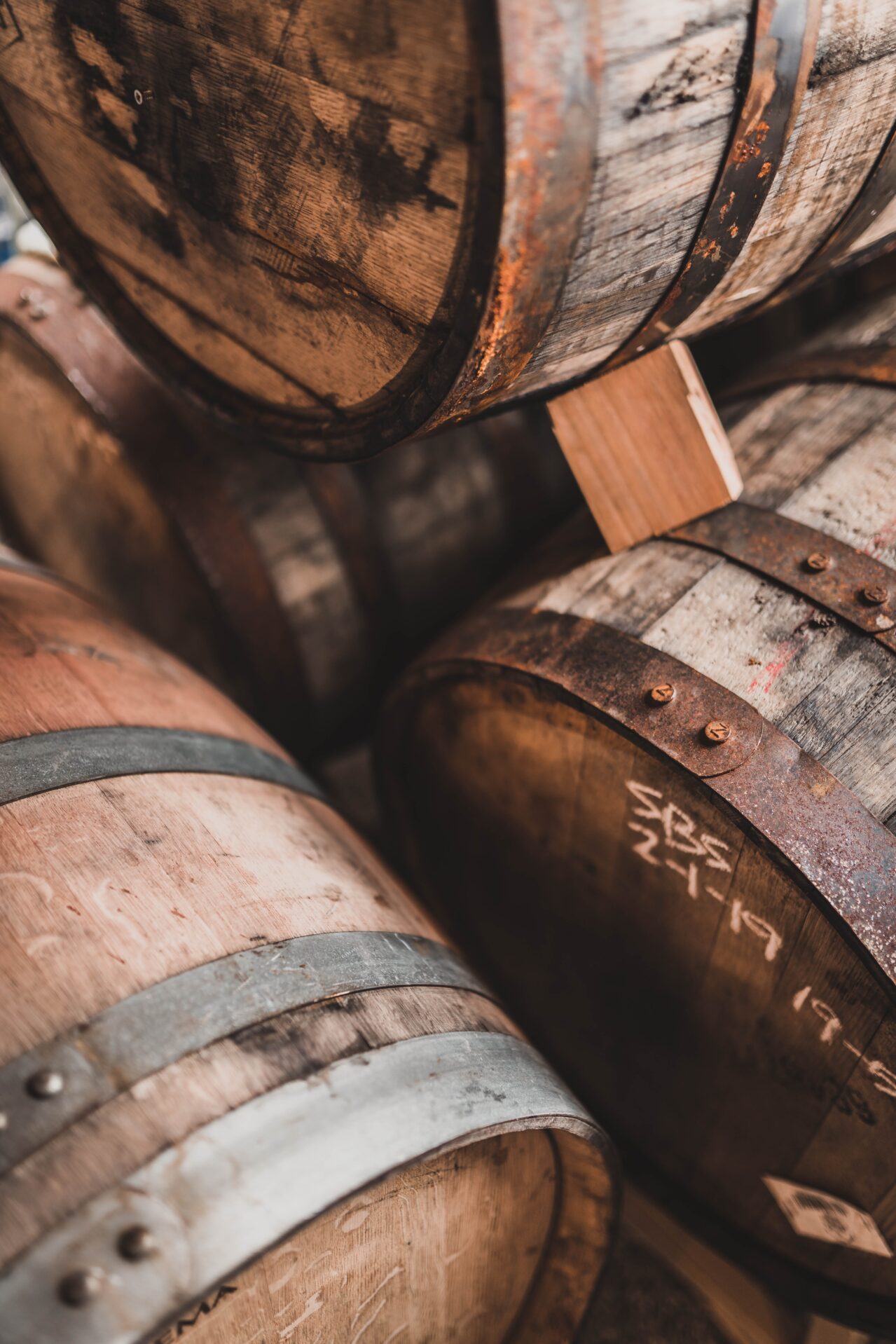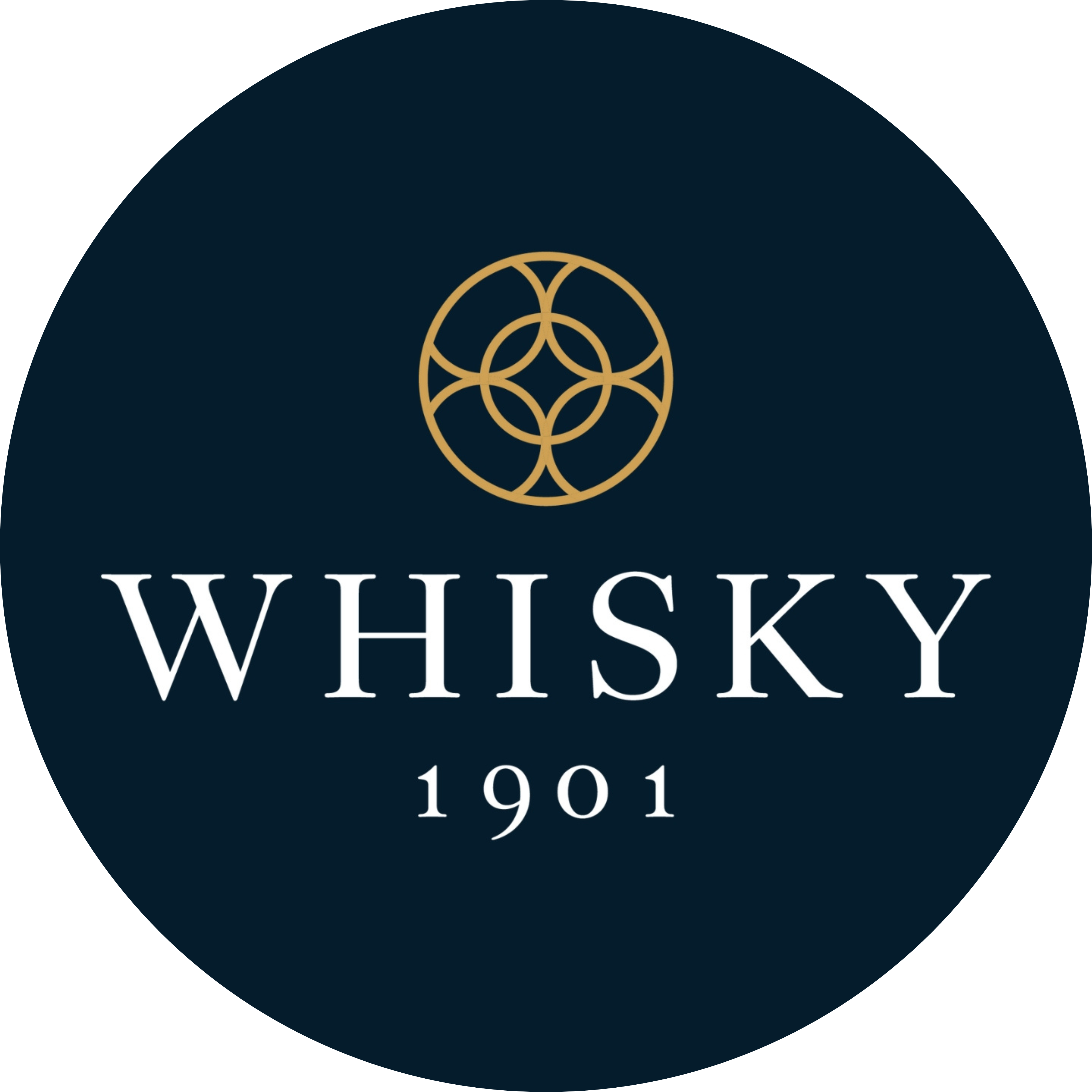1. Macallan
Macallan was founded by farmer and schoolteacher Alexander Reid in 1824 and was one of the first distilleries in Speyside to acquire a licence. Today, the distillery is located on a 390-acre estate in the Scottish Highlands and relies predominantly on the natural environment to produce its whisky, even extracting its own water from the springs below the estate.
Enjoyed by James Bond in the film ‘Skyfall’, Macallan is one of the most prestigious whisky brands in the world. Renowned for its Scottish heritage, unique production techniques, and reputation for producing consistent high-quality whiskies, it’s unsurprising that it comes with a high price tag.
With exceptional single malts and an extensive range of releases, including limited editions and special cask-finished expressions, Macallan has a strong following amongst bottled and cask collectors worldwide. While traditional recipes are consistently popular, Macallan continues to diversify its product range.
Particularly rare and older expressions produced in limited quantities have shown impressive whisky investment returns. As supply diminishes over time, scarcity drives up demand and, consequently, the value in the secondary market, including in the cask investment market.
2. Ardbeg
Founded in 1815 and based in Islay, Ardbeg is famed for its peaty and smoky whiskies. The popularity of these flavour profiles has been on the rise globally, and Ardbeg’s distinctive style has garnered a dedicated following. As more whisky enthusiasts discover and appreciate Islay whiskies, the demand for Ardbeg, both bottled and barrelled, remains high. Its desirability and investment potential has been further bolstered by numerous award wins and accolades, as well as positive reviews from critics.
But what makes Ardbeg stand out in terms of whisky investment returns? Compared to other distilleries, the production quantity is limited, which creates scarcity and increased demand. Special editions have further captured the interest of whisky enthusiasts, with unique expressions attracting investors and collectors who are willing to pay a premium.
When it comes to cask investment, the only time that Ardbeg casks have been available direct to the public is when the distillery released a very limited number in the 1990s. The distillery doesn’t release new-fill or young casks onto the secondary market and there are a very limited number of older casks available, and these start at around £300,000. Last year, Ardbeg set a new record for Scotch Whisky when Cask No. 3 was sold to a private investor for £16 million.
3. Dalmore
Based in the Highlands, the Dalmore distillery was founded by Alexander Matheson in 1839. The legend of Dalmore, however, dates back to 1263 when Colin of Kintail, Chief of the Clan Mackenzie, saved King Alexander III of Scotland from a charging stag. As a reward, the King granted him the lands of Eilean Donan, the motto ‘Luceo Non Uro’, which translates to ‘I Shine, Not Burn’ and the right to use the 12-pointed Royal Stag as the Clan Mackenzie crest.
In 1867, when descendants of Clan Mackenzie took control of the distillery, one of their first changes was to adorn every bottle of The Dalmore with the stag. The distillery remained family-owned until 1960 when one of Dalmore’s main customers, Whyte & Mackay, took control. Over the years, it has passed through the hands of different owners, each contributing to its legacy.
But there’s more to Dalmore than legend. It’s a well-respected whisky brand known for producing limited-edition and highly sought-after releases. Renown for robust and full-bodied whisky, Dalmore produces a range of expressions, including limited edition and rare releases. Some of these whiskies are aged for extended periods, leading to increased complexity and desirability amongst connoisseurs. And, as the supply of older expressions becomes increasingly limited, collectors and investors can look forward to promising whisky investment returns.
4. Springbank
Based in Campbeltown and owned by J&A Mitchell & Company, Springbank was established in 1828. It is one of only three distilleries established in the nineteenth century which is still in the ownership of its founding family.
The distillery has a small production capacity compared to larger whisky producers, making Springbank whiskies relatively scarce. In fact, the maximum annual output of Springbank is 750,000 litres with that being roughly 80% Springbank, 10% Longrow and 10% Hazelburn. It is also reported that Springbank only produce 30% of their overall capacity, which would be 225,000 litres. When you compare that to Macallan, which can produce 15 million litres a year, or Ardbeg which produces 2 million litres a year, it’s clear what makes Springbank so appealing. Limited supply often leads to increased demand and potentially higher prices in the collector and cask markets.
As with any investment, it’s essential to conduct thorough research, seek advice from financial experts, and work with a trusted whisky investment partner.
5. Littlemill
Since its humble beginnings in 1772, Littlemill is now widely considered to be Scotland’s first and oldest licensed whisky distillery. Situated on the border of Lowlands and Highlands, it remains to this day at the forefront of whisky excellence, boasting a unique and rare creativity in three styles of single malt – a light and delicate traditional lowland whisky and two experimental malts: the heavily peated Dumbuck and a full-bodied whisky named Dunglass.
While the distillery closed in 1992, the tradition of Littlemill lives on in the surviving stock – which are highly prized items for any whisky cask investment portfolio. Less than a dozen casks of Littlemill now remain in existence. These rare gems are currently at Loch Lomond Distillery.
Renowned Master Blender Michael Henry, who joined in 2007, is responsible for watching over the remaining casks, giving him a unique perspective and ability to hand select every bottle in strictly controlled numbers. He is also responsible for preserving the distillery’s style and character and ensuring the legacy of this historic distillery lives on in each expression.




